Elkins’ How to look at
Nothing reads Steve Roden’s The same
sun spinning and fading
We had students read several chapters of James Elkins How to look use your eyes. We then asked them to use one of the chapters as a lense to read a Steve Roden art work.
Here is an example by Janet Diaz:
I see forms contained by black lines. Forms that want to expand but are constricted yet defined by the lines. There are colored forms within the colored forms that are not separate but submit to the larger color shape. I see colorful dynamism emerging, evolving, and forming out of the muted earth tones in the background. The black organic lines greatly enhancing the movement and activating the work by giving clear direction. The movement is balanced with moments where your eye drops quickly down a chute but then is caught by a more leveled horizontal wave of a line created by converging shapes. The background has shapes as well, but they are more linear and geometric, more rigid and not as organic and free flowing as the large colorful form that fluidly divides into smaller forms.There is an abruptness to the select color that meets with the black line, clearly defining its form such as the two large red shapes on either side of the paint and a couple in the bottom center. Though there is an abruptness to the black lines, they unify and hold the piece together, almost as if they are keeping the chaos in order.I see the work expanding off the picture plane, its exit being the bottom. There is no black line containing the color and it confidentially touches the edge without leaving any space between the edge and itself. The work is delightfully balanced with both muted and saturated hues. There are good spaces of rest in case your eye get tired or dizzy while trying to follow the avenues of color.





































































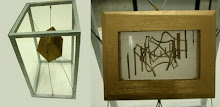


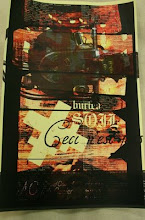
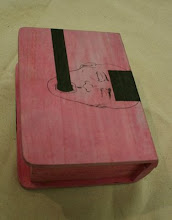


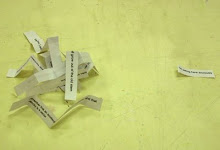
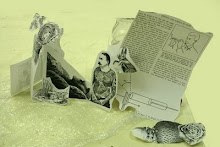

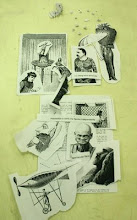
No comments:
Post a Comment